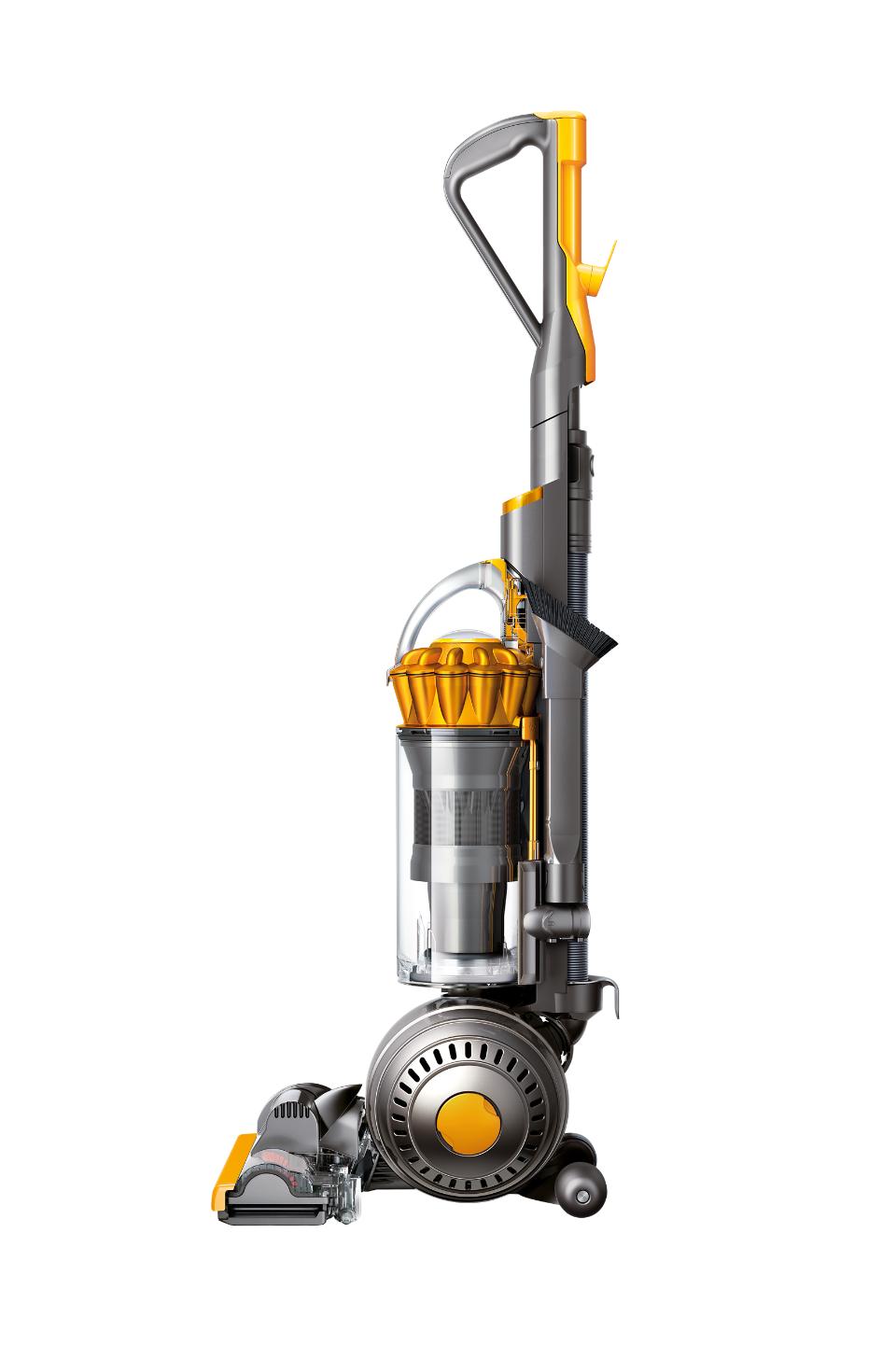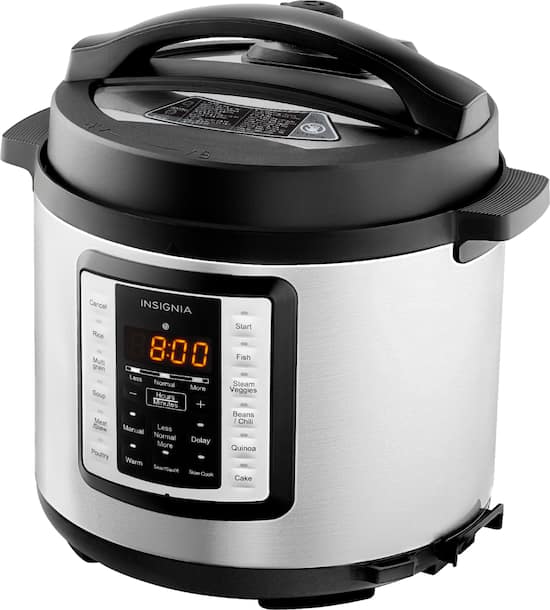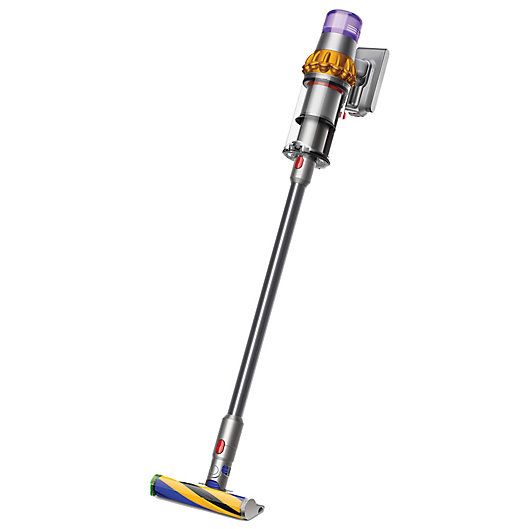Hamilton Beach 0.9 Cu. Ft. Stainless Steel Countertop Microwave Oven – 55124372
Sharp design in stainless steel, this microwave oven fits your modern kitchen and offers a variety of menu choices to complete your cooking tastes and style. It has an output of 900 watts and includes 10 power levels. The LED display is simple to read, and the touch-pad makes it easy to control.
Description
Sharp design in stainless steel, this microwave oven fits your modern kitchen and offers a variety of menu choices to complete your cooking tastes and style. It has an output of 900 watts and includes 10 power levels. The LED display is simple to read, and the touch-pad makes it easy to control. This 900 watt microwave oven includes a lockout feature for child safety, as well as a timer and clock feature. It allows you to cook potatoes, popcorn, reheat frozen dinners, pizza or beverages with just one touch. It’s designed to give you even heating for consistent results that you can feel good about feeding to your family.
- 0.9 cu ft
- Stainless steel design
- 900W power/10 power levels
- Touch pad control
- Convenience cooking controls
- 6 auto cooking menus
- Time and weight defrost
- LED display, kitchen timer
- Cooking complete reminder
- Door with handle
- Child safety lock
- Dimensions: 19.02″W x 15.6″D x 11.06″H
- 1 year limited warranty
Specification
Additional information
| Manufacturer Part Number | P90D23AL-WR |
|---|---|
| Model | VIPRB-P90D23AL-WR |
| Assembled Product Dimensions (L x W x H) | 15.60 x 19.02 x 11.06 Inches |










by Joseph
This is a great little microwave oven. I love it so far.
by Donna
Very nice looking and works well. Easy to use. Price was great also.
by Richard
So far, so good. This microwave works just as advertised, and has a lot of nice features.
by John
Like the options on control panel. Perfect size for my apartment.
by Peggy
Just right size for husband and myself.
by Steve
I’m glad I decided on a microwave with 900 watts unit rather than 700 watts to replace the 1000 watt microwave I had. The time difference it takes just to heat my coffee is measurable! (so spoiled) I like having enough room to put a full-sized plate in this microwave. I do think this one is a little noisier than the 1000 watt unit I replaced, but it’s working just fine, seems well made, and is attractive.
by Debbie
Not as powerful as I had hoped but it is a good microwave.